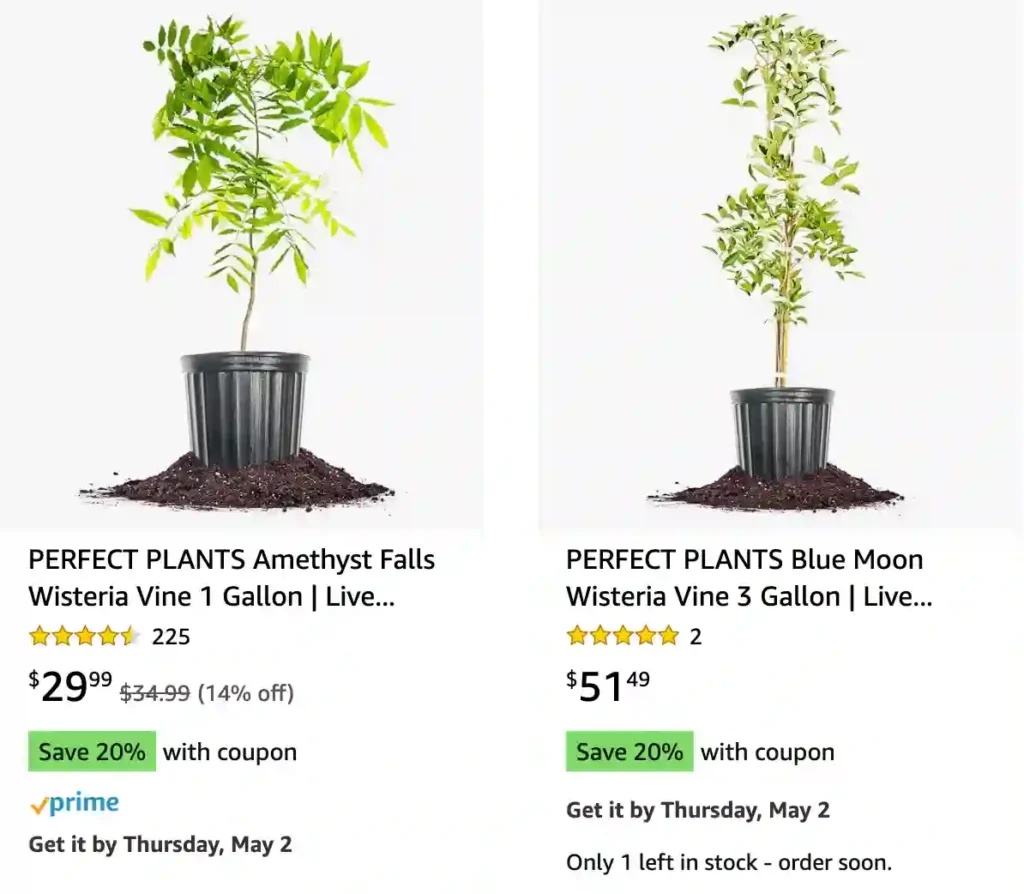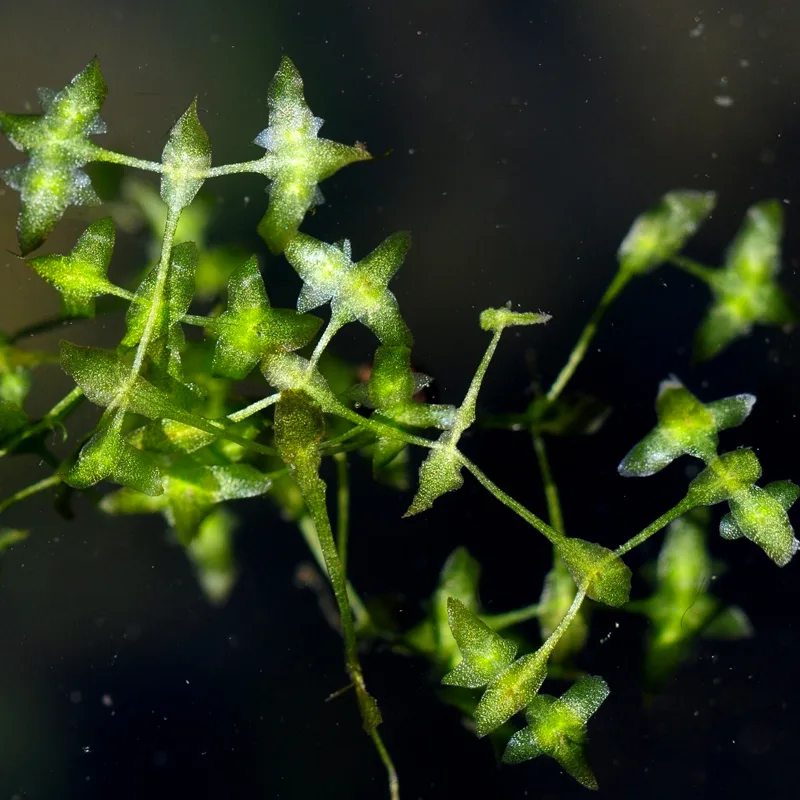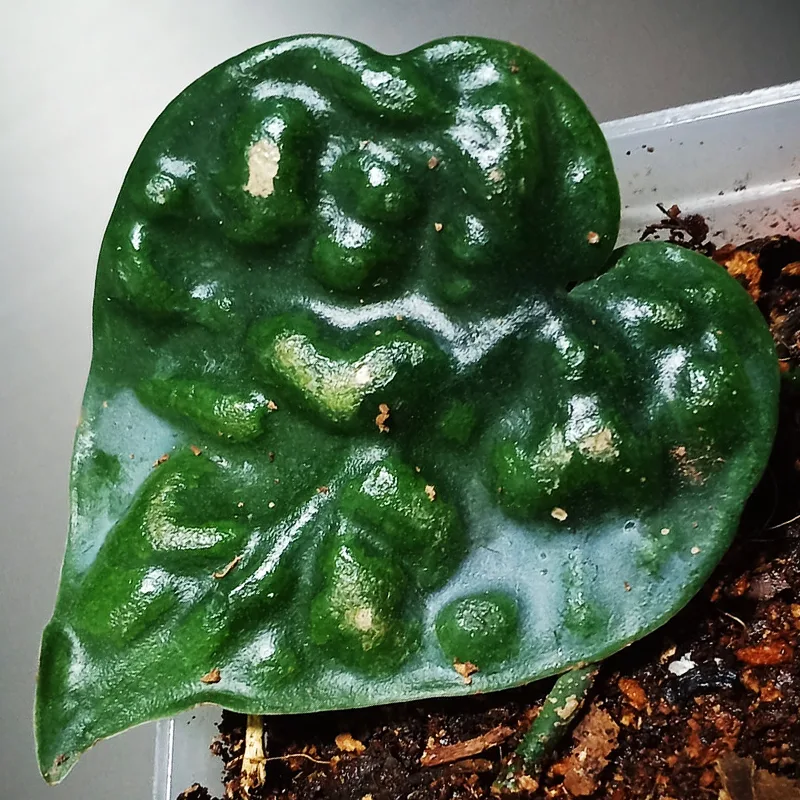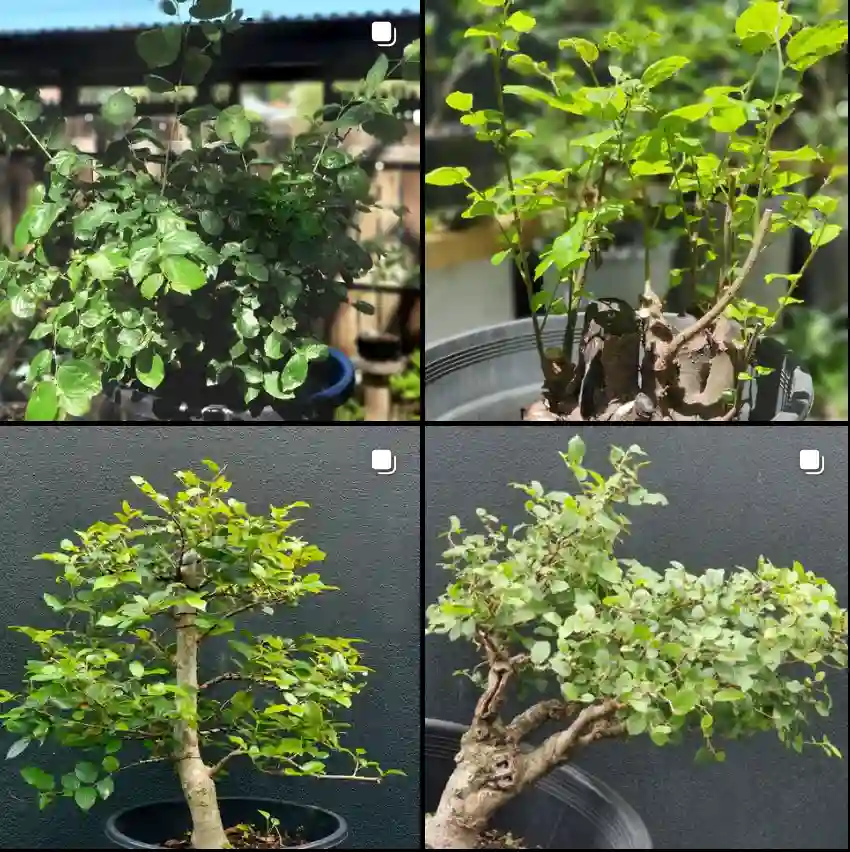
February 19 – Wisteria
"Wisteria, the romantic vine, represents February 19."
Wisteria symbolizes grace and creativity. You possess an artistic soul, weaving beauty and harmony into the lives of those around you.
The Enchanting Wisteria: A Personal Reflection
As Ferb Vu, I’ve always been captivated by the beauty of the natural world, and few plants hold the same enchanting allure as the wisteria. With its cascading clusters of fragrant blossoms and its vigorous climbing habit, wisteria transforms any landscape into a breathtaking spectacle.
Wisteria, a genus belonging to the pea family (Fabaceae), comprises several species of woody, deciduous vines. These climbing wonders are native to various regions, including China, Japan, Korea, Vietnam, and parts of North America. They are celebrated for their ornamental value, gracing gardens and landscapes with their vibrant hues and sweet fragrance.
Wisteria species
The genus Wisteria encompasses a variety of species, each with its unique characteristics and charm.
- Wisteria brachybotrys Siebold & Zucc.
- Wisteria floribunda (Willd.) DC. Plant FAQs: Wisteria Floribunda
- Wisteria frutescens (L.) Poir.
- Wisteria sinensis (Sims) DC. Plant FAQs: Wisteria Sinensis
Is wisteria poisonous?
I remember being curious about wisteria’s toxicity a while back when I was doing some landscaping in my backyard. It’s such a lovely plant with those beautiful cascading blooms, but I wanted to make sure it was safe for my pets and kids to be around. I did some research and found out that while wisteria isn’t typically considered lethal, its seeds and pods can be toxic if ingested, causing nausea, vomiting, diarrhea, and other unpleasant symptoms. So, while I love the look of wisteria, I made sure to keep an eye on any fallen seeds or pods to keep my loved ones safe.
What color is wisteria?
Wisteria comes in various shades of purple, ranging from pale lavender to deep violet. I vividly recall the first time I saw a wisteria vine in full bloom—it was like a dreamy cascade of delicate purple hues draping over a pergola in a nearby garden. The way the sunlight danced through the clusters of flowers, casting a soft, ethereal glow, was simply mesmerizing. Its color is what makes wisteria so enchanting and captivating, adding a touch of elegance and tranquility to any landscape it graces.
What does wisteria smell like?
Ah, the scent of wisteria is something truly magical to experience. Whenever I encounter wisteria in bloom, its fragrance instantly transports me to a place of serenity and beauty. The aroma is delicate yet intoxicating, with hints of sweetness and freshness reminiscent of a springtime breeze. It’s like a symphony of floral notes dancing in the air, captivating the senses and uplifting the spirit. The scent of wisteria is truly unique and unforgettable, evoking feelings of joy and wonder with every inhale.
Do deer eat wisteria?
Yes, deer have definitely shown a fondness for wisteria in my personal experience. I remember planting a wisteria vine along the edge of my property a few years ago, hoping to add some charm to the landscape. However, I soon noticed that the leaves and blooms were being nibbled on, and after some investigation, I realized that deer were the culprits. It seems that wisteria is quite appealing to deer, especially when other food sources are scarce. As much as I love seeing deer in my yard, I had to take some measures to protect my wisteria from their munching tendencies, like using fencing or deer repellents.
How to kill wisteria?
While I understand the desire to remove wisteria, it’s important to approach its removal with caution and consideration for the environment. Wisteria can be quite resilient and persistent, so effectively eliminating it requires a strategic approach. In my experience, the most effective method involves a combination of cutting back the vines and applying herbicides directly to the cut stems. However, it’s crucial to follow all safety precautions and local regulations when using herbicides. Additionally, regularly monitoring the area for any new growth and promptly removing it can help prevent wisteria from regrowing. Patience and persistence are key when tackling wisteria removal, as it may take several attempts to fully eradicate it from the area.
How to germinate wisteria seeds?
Germinating wisteria seeds can be a rewarding but somewhat challenging process. From my own experience, I’ve found that scarification, or nicking the seed coat with a knife or sandpaper, can help improve germination rates. After scarification, soaking the seeds in warm water for about 24 hours can also aid in softening the seed coat and encouraging germination. Once the seeds have been scarified and soaked, I typically plant them in well-draining soil in a pot or seed tray, burying them about an inch deep. Keeping the soil consistently moist and providing warmth, such as using a heat mat or placing the pots in a sunny location, can help facilitate germination. It’s important to be patient, as wisteria seeds may take several weeks to several months to sprout. Once the seeds have germinated and developed a few sets of true leaves, they can be transplanted into larger pots or directly into the garden, where they can continue to grow and flourish.
How to get rid of wisteria?
Getting rid of wisteria can be quite a challenge due to its vigorous growth and resilience, but it’s definitely possible with persistence and the right approach. From my own experience, the most effective method involves a combination of cutting back the vines and applying herbicides. Start by cutting the wisteria vines close to the ground, ideally in late summer or early fall when the plant is actively growing. After cutting, immediately apply a strong herbicide containing glyphosate to the freshly cut stems. This will help ensure that the herbicide is absorbed directly into the plant’s system, effectively killing the roots. Be sure to follow all safety precautions and local regulations when using herbicides. Additionally, regularly monitor the area for any new growth and promptly remove any shoots that emerge. It may take multiple applications of herbicide and persistent monitoring to fully eradicate wisteria from the area, but with patience and determination, it can be done.
What does wisteria mean?
Wisteria holds various symbolic meanings across different cultures and contexts. In general, it is often associated with themes of beauty, romance, and longevity. In many cultures, wisteria is seen as a symbol of love, grace, and femininity, thanks to its delicate and elegant appearance. Additionally, wisteria is sometimes associated with immortality or the passage of time, as it can live for many years and often grows to impressive sizes. Its trailing vines and cascading blooms evoke feelings of nostalgia and nostalgia, making it a popular choice for gardens and landscapes. Overall, the meaning of wisteria can vary depending on individual interpretations and cultural beliefs, but it is often regarded as a symbol of beauty, love, and endurance.
Where to buy wisteria?
You can typically find wisteria plants for sale at various nurseries, garden centers, and online retailers. Personally, I’ve had success finding a good selection of wisteria plants at local nurseries and garden centers, especially during the spring and early summer months when they are in bloom and most readily available. It’s also worth checking with specialty plant nurseries or botanical gardens in your area, as they may carry specific varieties or cultivars of wisteria. If you prefer shopping online, there are numerous reputable online retailers that offer a wide range of wisteria plants for purchase, allowing you to conveniently browse and compare different varieties from the comfort of your own home. When purchasing wisteria, be sure to consider factors such as the variety, size, and growing requirements to ensure you select the best plant for your garden or landscape.
Is wisteria deer resistant?
While wisteria is not typically considered deer-resistant, there are some reports and observations suggesting that deer may avoid consuming it due to its bitter taste or toxicity. However, deer browsing habits can vary depending on factors such as the availability of other food sources, the time of year, and individual deer preferences. In my personal experience, I’ve found that deer have occasionally nibbled on wisteria leaves and blooms, especially when other preferred food sources are scarce. While wisteria may not be their first choice, it’s not entirely immune to deer browsing. If you live in an area with high deer populations, it’s always a good idea to take precautions such as using fencing or deer repellents to protect your plants.
Can goats eat wisteria?
While goats are known to be voracious eaters and will consume a wide variety of plant material, it’s important to exercise caution when considering whether or not they can eat wisteria. Wisteria contains toxins called lectins, specifically wisterin glycoside, which can be harmful if ingested in large quantities. While there isn’t a wealth of specific information available about the toxicity of wisteria to goats, it’s generally advisable to err on the side of caution and avoid feeding it to them. In my experience, it’s best to provide goats with a diet consisting of safe and nutritious forage, supplemented with appropriate grains and minerals, rather than risking potential harm by allowing them to consume potentially toxic plants like wisteria. If you’re uncertain about whether a particular plant is safe for goats to eat, it’s always best to consult with a veterinarian or animal nutritionist for guidance.
Does wisteria grow in Florida?
Wisteria can indeed grow in Florida, but there are some considerations to keep in mind due to the state’s climate and conditions. In Florida, it’s important to select wisteria varieties that are well-suited to the region’s warm and humid climate, such as the native American wisteria (Wisteria frutescens) or the Japanese wisteria (Wisteria floribunda). These varieties are more tolerant of the heat and humidity found in Florida compared to other species. Additionally, providing wisteria with proper support and ample space to grow is essential, as it can become quite large and vigorous in the right conditions. With proper care and attention to its specific growing requirements, wisteria can thrive and add beauty to gardens and landscapes throughout Florida.
How to make a wisteria bloom?
Encouraging wisteria to bloom requires a combination of proper pruning, sunlight, and patience. One method is to prune the wisteria in late winter or early spring before new growth begins. This involves removing any excess growth and thinning out the vines to allow more sunlight to reach the flowering buds. It’s important to avoid over-pruning, as this can delay or inhibit blooming. Additionally, ensuring that the wisteria receives plenty of sunlight, ideally at least 6 hours of direct sunlight per day, can help promote blooming. Adequate water and nutrients are also essential for healthy growth and flowering. While it may take some time for newly planted wisteria to establish and start blooming, with proper care and attention, you can encourage your wisteria to produce beautiful blooms year after year.
How to transplant wisteria?
Transplanting wisteria requires careful planning and attention to detail to ensure the plant’s health and successful establishment in its new location. Here’s how I typically approach transplanting wisteria:
- Choose the right time: Transplant wisteria during its dormant season, which is typically in late fall or early spring. Avoid transplanting during periods of extreme heat or cold, as this can stress the plant.
- Prepare the new location: Select a sunny spot with well-draining soil for the wisteria to thrive. Dig a hole that is slightly larger than the plant’s root ball and amend the soil with compost or organic matter to improve drainage and fertility.
- Dig up the wisteria: Carefully dig around the base of the wisteria, keeping as much of the root system intact as possible. Use a sharp shovel to dig deep and wide, loosening the soil to minimize root damage.
- Lift and transplant: Gently lift the wisteria out of the ground, taking care not to disturb the roots excessively. Place the wisteria in the prepared hole in its new location, making sure that the top of the root ball is level with the surrounding soil.
- Backfill and water: Fill in the hole with soil, firming it gently around the roots to eliminate air pockets. Water the newly transplanted wisteria thoroughly to help settle the soil and reduce transplant shock.
- Provide support: If necessary, provide support for the wisteria with stakes or a trellis to help it establish and climb in its new location.
- Monitor and care for the wisteria: Keep the transplanted wisteria well-watered during its first growing season, and continue to monitor its growth and health. Prune as needed to shape the plant and encourage vigorous growth.
With proper care and attention, transplanted wisteria can adapt to its new location and continue to thrive for many years to come.
If i die, water my plants!



